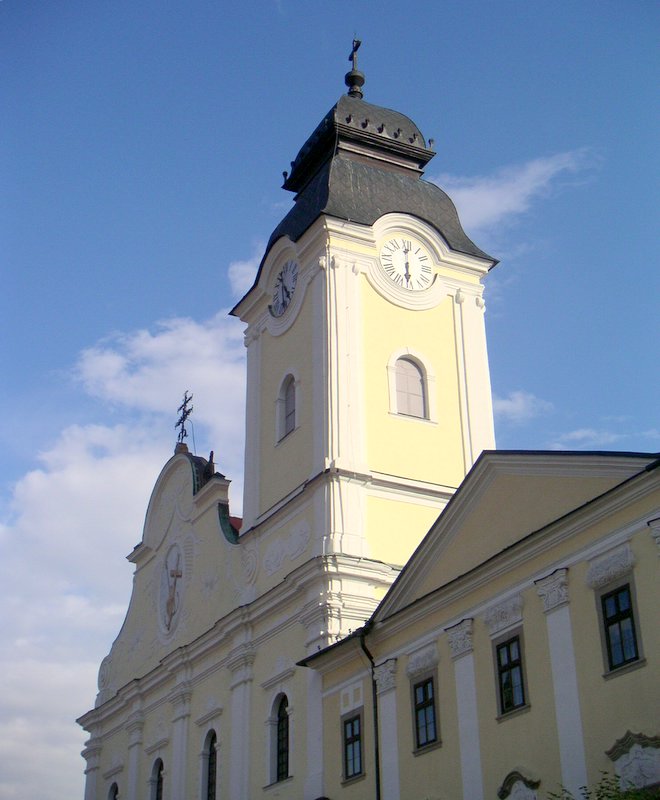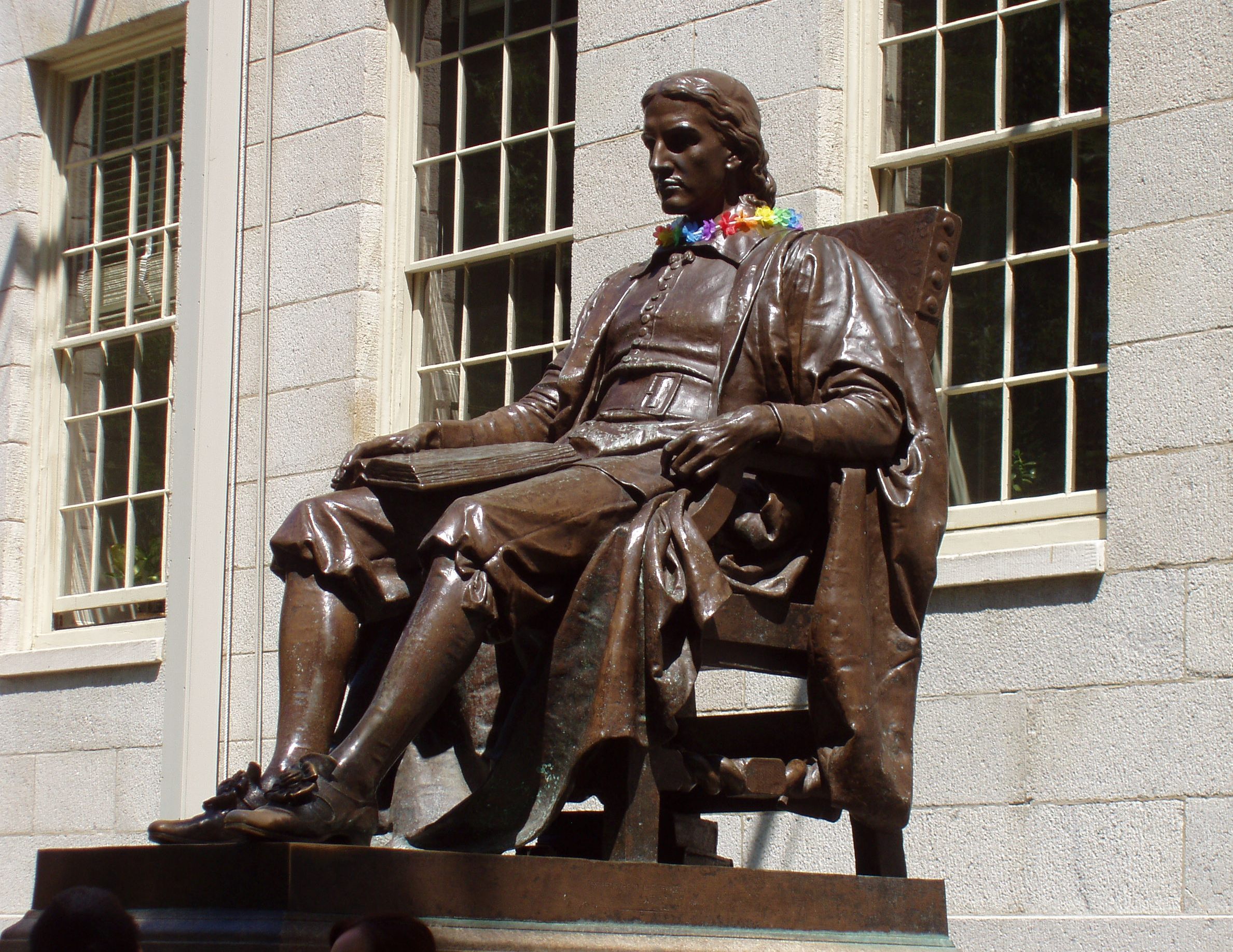|
Erwin Raisz
Erwin Raisz (1 March 1893, Lőcse, Hungary – 1 December 1968, Bangkok, Thailand) was a Hungarian-born American cartographer, best known for his physiographic maps of landforms. Early life and education Born in Lőcse, Hungary (now part of Slovakia) in 1893, Raisz was the son of a civil engineer who introduced him to maps through his work. He received his degree in civil engineering and architecture from the Budapest University of Technology and Economics (Royal Polytechnicum) in Budapest in 1914. Career Raisz served in the army during World War I, and emigrated to New York in 1923. He worked for the Ohman Map Company while studying for his 1929 Ph.D. at Columbia University. He offered a course in cartography while a student, one of the first such in the United States. In 1931 he joined the Institute of Geographical Exploration at Harvard University, where he taught cartography and was curator of the map collection for 20 years. He created a significant body of work using ... [...More Info...] [...Related Items...] OR: [Wikipedia] [Google] [Baidu] |
Levoča
Levoča (; hu, Lőcse; rue, Левоча) is a town in the Prešov Region of eastern Slovakia with a population of 14,700. The town has a historic center with a well preserved town wall, a Gothic church with the highest wooden altar in the world, carved by Master Pavol of Levoča, and many other Renaissance buildings. On 28 June 2009, Levoča was added by UNESCO to its World Heritage List. Etymology The name is of Slovak origin and belongs to the oldest recorded Slovak settlement names in Spiš. It was originally the name of the stream Lěvoča, a tributary of river Hornád (present-day Levočský potok). The name probably derived from the adjective ''lěva'' (left, a left tributary); the linguist Rudolf Krajčovič has also suggested as an origin the word ''lěvoča'' meaning "regularly flooded area". History Levoča is located in the historical region of Spiš, which was inhabited as early as the Stone Age. In the 11th century, this region was conquered and, subsequently, ... [...More Info...] [...Related Items...] OR: [Wikipedia] [Google] [Baidu] |
Slovakia
Slovakia (; sk, Slovensko ), officially the Slovak Republic ( sk, Slovenská republika, links=no ), is a landlocked country in Central Europe. It is bordered by Poland to the north, Ukraine to the east, Hungary to the south, Austria to the southwest, and the Czech Republic to the northwest. Slovakia's mostly mountainous territory spans about , with a population of over 5.4 million. The capital and largest city is Bratislava, while the second largest city is Košice. The Slavs arrived in the territory of present-day Slovakia in the fifth and sixth centuries. In the seventh century, they played a significant role in the creation of Samo's Empire. In the ninth century, they established the Principality of Nitra, which was later conquered by the Principality of Moravia to establish Great Moravia. In the 10th century, after the dissolution of Great Moravia, the territory was integrated into the Principality of Hungary, which then became the Kingdom of Hungary in 1000. In 1241 a ... [...More Info...] [...Related Items...] OR: [Wikipedia] [Google] [Baidu] |
1968 Deaths
The year was highlighted by protests and other unrests that occurred worldwide. Events January–February * January 5 – " Prague Spring": Alexander Dubček is chosen as leader of the Communist Party of Czechoslovakia. * January 10 – John Gorton is sworn in as 19th Prime Minister of Australia, taking over from John McEwen after being elected leader of the Liberal Party the previous day, following the disappearance of Harold Holt. Gorton becomes the only Senator to become Prime Minister, though he immediately transfers to the House of Representatives through the 1968 Higgins by-election in Holt's vacant seat. * January 15 – The 1968 Belice earthquake in Sicily kills 380 and injures around 1,000. * January 21 ** Vietnam War: Battle of Khe Sanh – One of the most publicized and controversial battles of the war begins, ending on April 8. ** 1968 Thule Air Base B-52 crash: A U.S. B-52 Stratofortress crashes in Greenland, discharging 4 nuclear bombs. * ... [...More Info...] [...Related Items...] OR: [Wikipedia] [Google] [Baidu] |
1893 Births
Events January–March * January 2 – Webb C. Ball introduces railroad chronometers, which become the general railroad timepiece standards in North America. * Mark Twain started writing Puddn'head Wilson. * January 6 – The Washington National Cathedral is chartered by Congress; the charter is signed by President Benjamin Harrison. * January 13 ** The Independent Labour Party of the United Kingdom has its first meeting. ** U.S. Marines from the ''USS Boston'' land in Honolulu, Hawaii, to prevent the queen from abrogating the Bayonet Constitution. * January 15 – The ''Telefon Hírmondó'' service starts with around 60 subscribers, in Budapest. * January 17 – Overthrow of the Kingdom of Hawaii: Lorrin A. Thurston and the Citizen's Committee of Public Safety in Hawaii, with the intervention of the United States Marine Corps, overthrow the government of Queen Liliuokalani. * January 21 ** The Cherry Sisters first perform in Marion, Iowa. ** The T ... [...More Info...] [...Related Items...] OR: [Wikipedia] [Google] [Baidu] |
Harvard University Faculty
Harvard University is a private Ivy League research university in Cambridge, Massachusetts. Founded in 1636 as Harvard College and named for its first benefactor, the Puritan clergyman John Harvard, it is the oldest institution of higher learning in the United States and one of the most prestigious and highly ranked universities in the world. The university is composed of ten academic faculties plus Harvard Radcliffe Institute. The Faculty of Arts and Sciences offers study in a wide range of undergraduate and graduate academic disciplines, and other faculties offer only graduate degrees, including professional degrees. Harvard has three main campuses: the Cambridge campus centered on Harvard Yard; an adjoining campus immediately across Charles River in the Allston neighborhood of Boston; and the medical campus in Boston's Longwood Medical Area. Harvard's endowment is valued at $50.9 billion, making it the wealthiest academic institution in the world. Endowment inco ... [...More Info...] [...Related Items...] OR: [Wikipedia] [Google] [Baidu] |
American Cartographers
American(s) may refer to: * American, something of, from, or related to the United States of America, commonly known as the "United States" or "America" ** Americans, citizens and nationals of the United States of America ** American ancestry, people who self-identify their ancestry as "American" ** American English, the set of varieties of the English language native to the United States ** Native Americans in the United States, indigenous peoples of the United States * American, something of, from, or related to the Americas, also known as "America" ** Indigenous peoples of the Americas * American (word), for analysis and history of the meanings in various contexts Organizations * American Airlines, U.S.-based airline headquartered in Fort Worth, Texas * American Athletic Conference, an American college athletic conference * American Recordings (record label), a record label previously known as Def American * American University, in Washington, D.C. Sports teams Soccer * Ba ... [...More Info...] [...Related Items...] OR: [Wikipedia] [Google] [Baidu] |
Harvard University Map (older, Date Unknown)
Harvard University is a Private university, private Ivy League research university in Cambridge, Massachusetts. Founded in 1636 as Harvard College and named for its first benefactor, the History of the Puritans in North America, Puritan clergyman John Harvard (clergyman), John Harvard, it is the oldest institution of higher learning in the United States and one of the most prestigious and highly ranked universities in the world. The university is composed of ten academic faculties plus Harvard Radcliffe Institute. Harvard Faculty of Arts and Sciences, The Faculty of Arts and Sciences offers study in a wide range of undergraduate and graduate academic disciplines, and other faculties offer only graduate degrees, including professional degrees. Harvard has three main campuses: the Cambridge campus centered on Harvard Yard; an adjoining campus immediately across Charles River in the Allston neighborhood of Boston; and the medical campus in Boston's Longwood Medical and Academic ... [...More Info...] [...Related Items...] OR: [Wikipedia] [Google] [Baidu] |
Leibniz Association
The Leibniz Association (German: ''Leibniz-Gemeinschaft'' or ''Wissenschaftsgemeinschaft Gottfried Wilhelm Leibniz'') is a union of German non-university research institutes from various disciplines. As of 2020, 96 non-university research institutes and service institutions for science are part of the Leibniz-Gemeinschaft. The fields range from natural science, engineering, and ecology, to economics, other social sciences, spatial science, and humanities. The Leibniz Institutes work in an interdisciplinary fashion, and connect basic and applied science. They cooperate with universities, industry, and other partners in different parts of the world. Taken together, the Leibniz Institutes employ 20,000 people and have a budget of €1.9 billion. Leibniz Institutes are funded publicly to equal parts by the federal government and the Federal states (Bundesländer). Leibniz Association was ranked 3rd in Germany and 56th across the globe. Every Leibniz institution is evaluated by the ... [...More Info...] [...Related Items...] OR: [Wikipedia] [Google] [Baidu] |
International Geographical Union
The International Geographical Union (IGU; french: Union Géographique Internationale, UGI) is an international geographical society. The first International Geographical Congress was held in Antwerp in 1871. Subsequent meetings led to the establishment of the permanent organization in Brussels, Belgium, in 1922. The International Geographical Union adheres to the International Science Council (ISC), which it recognizes as the coordinating body for the international organisations of science. Objectives The IGU has seven objectives or aims: # to promote the study of geographical problems; # to initiate and co-ordinate geographical research requiring international co-operation and to promote its scientific discussion and publication; # to provide for the participation of geographers in the work of relevant international organizations; # to facilitate the collection and diffusion of geographical data and documentation in and between all member countries; # to promote Internationa ... [...More Info...] [...Related Items...] OR: [Wikipedia] [Google] [Baidu] |
Isometric Projection
Isometric projection is a method for visually representing three-dimensional objects in two dimensions in technical and engineering drawings. It is an axonometric projection in which the three coordinate axes appear equally foreshortened and the angle between any two of them is 120 degrees. Overview The term "isometric" comes from the Greek for "equal measure", reflecting that the scale along each axis of the projection is the same (unlike some other forms of graphical projection). An isometric view of an object can be obtained by choosing the viewing direction such that the angles between the projections of the ''x'', ''y'', and ''z'' axes are all the same, or 120°. For example, with a cube, this is done by first looking straight towards one face. Next, the cube is rotated ±45° about the vertical axis, followed by a rotation of approximately 35.264° (precisely arcsin or arctan , which is related to the Magic angle) about the horizontal axis. Note that with the cub ... [...More Info...] [...Related Items...] OR: [Wikipedia] [Google] [Baidu] |
Cartographic Relief Depiction
Terrain cartography or relief mapping is the depiction of the shape of the surface of the Earth on a map, using one or more of several techniques that have been developed. Terrain or relief is an essential aspect of physical geography, and as such its portrayal presents a central problem in cartographic design, and more recently geographic information systems and geovisualization. Hill profiles The most ancient form of relief depiction in cartography, hill profiles are simply illustrations of mountains and hills in profile, placed as appropriate on generally small-scale (broad area of coverage) maps. They are seldom used today except as part of an "antique" styling. Physiographic illustration In 1921, A.K. Lobeck published ''A Physiographic Diagram of the United States'', using an advanced version of the hill profile technique to illustrate the distribution of landforms on a small-scale map.Lobeck, A.K. (1921''A Physiographic Diagram of the United States'' A.J. Nystrom & Co., ... [...More Info...] [...Related Items...] OR: [Wikipedia] [Google] [Baidu] |







